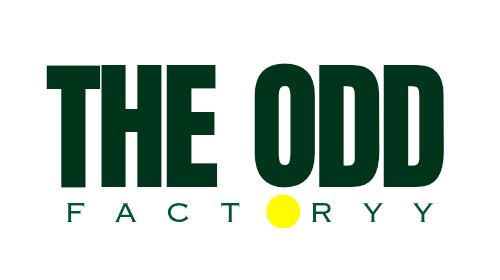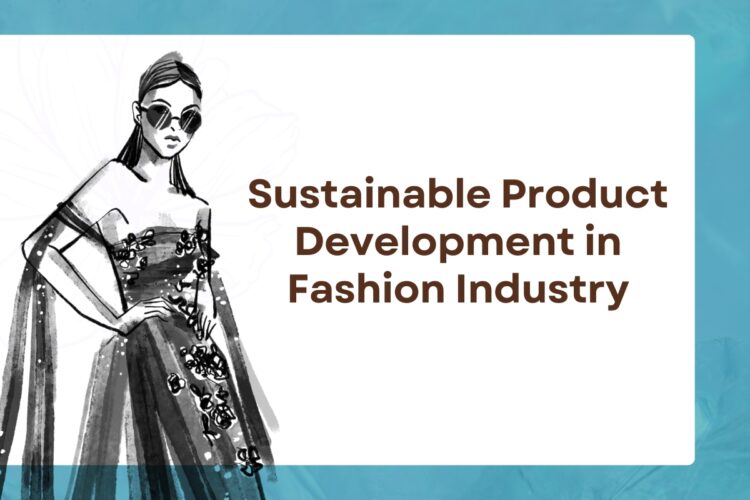What is sustainable product development in fashion?
Sustainable product development in fashion refers to the process of designing, producing, and distributing clothing and accessories in a manner that minimizes environmental impact, supports ethical labor practices, and promotes long-term ecological balance. It\’s not just about creating \”sustainable clothing\” but ensuring that every step of the product\’s life cycle is considered.
Key Principles of Sustainable Product Development
Transparency:
Transparency in sustainable product development involves openly sharing information about the product\’s environmental and social impacts, as well as the processes and practices involved in its production. Key aspects of transparency include:
Supply Chain Transparency: Providing visibility into the entire supply chain, from raw material sourcing to manufacturing and distribution, allowing stakeholders to assess the product\’s social and environmental footprint.
Product Labeling and Certification: Using labels, certifications, and eco-friendly logos to communicate a product\’s sustainability attributes to consumers. Common examples include Fair Trade, Organic, Energy Star, and Forest Stewardship Council (FSC) certifications.
Environmental Impact Assessment: Conducting life cycle assessments (LCAs) and sharing the results to quantify and communicate the environmental impacts associated with the product.
Open Reporting: Publishing sustainability reports that detail the company\’s goals, progress, and challenges in achieving sustainability objectives.
Ethical Production :
Ethical production refers to manufacturing and sourcing practices that prioritize the well-being of workers, communities, and stakeholders. Key elements of ethical production include:
Fair Labor Practices: Ensuring that workers are paid fair wages, provided with safe working conditions, and given the right to unionize and collectively bargain.
Community Engagement: Engaging with and supporting local communities, especially in regions where production facilities are located, through initiatives such as community development projects.
Conflict Minerals: Avoiding the use of minerals sourced from conflict regions, where the extraction and trade of these minerals may fuel armed conflicts and human rights abuses.
Ethical Sourcing: Responsible sourcing of materials and components to ensure that they are not associated with environmental degradation, exploitation, or human rights violations.
Low Environmental Impact:
Minimizing the environmental impact of a product is a fundamental principle of sustainable product development. Key strategies for achieving a low environmental impact include:
Resource Efficiency: Using materials and resources efficiently to reduce waste and minimize resource depletion.
Energy Efficiency: Designing products and processes to minimize energy consumption and relying on renewable energy sources whenever possible.
Reduced Emissions: Implementing measures to reduce greenhouse gas emissions, air and water pollution, and other harmful environmental impacts.
Circular Design: Designing products with a focus on reuse, repair, and recycling to extend their lifespan and reduce the need for new resources.
Sustainable Materials: Choosing materials with lower environmental footprints, such as recycled content, biodegradable materials, or sustainable alternatives.
Waste Reduction: Minimizing waste generation through practices like waste reduction, recycling, and responsible disposal.
Sustainable Materials and Practices
The foundation of sustainable products lies in the materials used. From organic cotton to recycled polyester, the choice of materials can significantly influence a product\’s sustainability. Moreover, sustainable clothing manufacturers in Kuwait, Dubai, and Riyadh are increasingly sourcing local materials to reduce transportation emissions.
Sustainable Fashion Reduces Environmental Impact
Environmentally friendly products are not just a trend; they\’re a necessity. The fashion industry is one of the largest polluters globally, and sustainable eco-friendly products are the answer to reducing this impact. By choosing sustainable materials and sustainable eco-friendly products in our production methods, we can significantly decrease water usage, chemical runoff, and waste.
Benefits of Sustainable Product Development
Reduced Environmental Footprint: Sustainable fashion means less waste and pollution.
Economic Benefits: Sustainable practices can lead to cost savings in the long run.
Positive Brand Image: Consumers are more likely to support brands that care about the environment and ethical practices.
Future Trends in Sustainable Fashion
Sustainable Fashion in Germany is leading the way with innovative practices and designs. From zero-waste patterns to 3D-knitted garments, the future of fashion is green. Moreover, as technology advances, we can expect even more sustainable solutions in the industry.
Consumer Demand for Sustainable Fashion
Today\’s consumers are more informed and conscious of their buying choices. They are actively seeking sustainable clothing suppliers, not just in Riyadh but globally. This demand is driving brands to adopt more sustainable practices and offer environmentally friendly products.
Eco-Friendly Packaging and Distribution
The sustainability journey doesn\’t end once the product is made. Eco-friendly packaging, efficient distribution methods, and even the end-of-life cycle of the product play a crucial role. Brands are now using recycled or biodegradable packaging and optimizing distribution to reduce carbon footprints.
The Role of Technology in Sustainable Fashion
Technology is a game-changer. From blockchain for supply chain transparency to AI-driven sustainable designs, technology is enabling brands to be more sustainable. Sustainable clothing manufacturers in Dubai, for instance, are leveraging tech to optimize production processes and reduce waste.
Ethical Production and Fair Labor Practices
Lastly, sustainability isn\’t just about the environment. It\’s about people too. Ethical production ensures that workers are treated fairly, paid a living wage, and work in safe conditions. Brands are now more accountable, with consumers demanding transparency in production practices.
The fashion industry is undergoing a significant shift towards sustainability. From sustainable clothing manufacturers in Kuwait to the rise of Sustainable Fashion in Germany, the global landscape is changing. As consumers, it\’s our responsibility to support and demand sustainable products, ensuring a greener and more ethical future for fashion.



